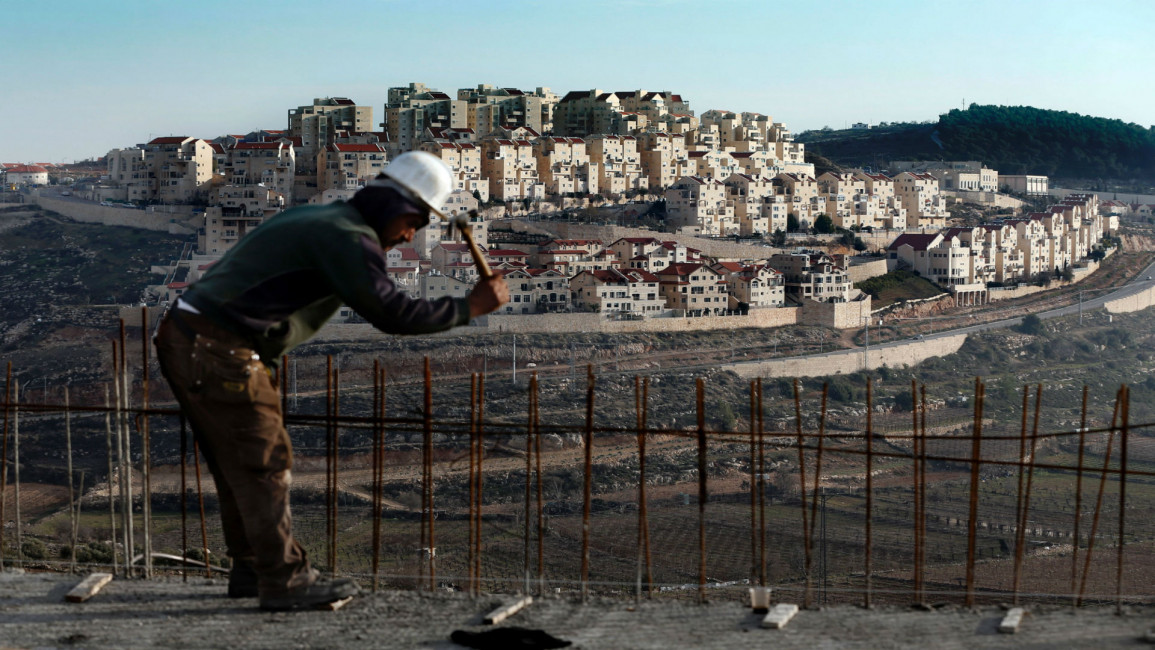European officials came to the SLD with two goals: to garner regional support for Ukraine and portray Europe as a reliable security partner in the Indo-Pacific. One was notably more successful.
By Dominique Fraser
June 13, 2023

Estonian Prime Minister Kaja Kallas speaks at the Shangri-La Dialogue in Singapore, June 4, 2023.
European participation was driven by two objectives: to garner regional support for Ukraine and portray Europe as a reliable security partner in the Indo-Pacific.
On the first, the Europeans hoped for increased condemnation of Russia’s invasion and buy-in to Ukraine’s peace plan, which boils down to a full Russian retreat to pre-2014 borders and retributive justice. They also hoped to convince South Korea and Japan to send lethal equipment to Ukraine, and perhaps even to broaden the number of countries in the region willing to implement sanctions – although chances of that have always been slim.
The message they tried to impart was clear: What happens in Europe has security implications in Asia. Kallas warned that “aggression by a permanent member of the U.N. Security Council against its neighbor is a threat that has global implications. That is why Russia’s aggression against Ukraine is not only a European issue or a regional conflict.”
The reality remains that many in the region – particularly in Southeast Asia – simply do not agree. When they look at Ukraine, they see a regional European war without wider security implications and wish Europeans would stop trying to sell their internal issues as the world’s problems. Japan, which has long stated that Ukraine today could be East Asia tomorrow and which has expanded its cooperation with NATO, is the exception rather than the rule.
Indonesian Defense Minister and presidential hopeful Prabowo Subianto’s peace plan for Ukraine could not be further from what Europe supports: neither a ceasefire and the start of negotiations, nor a demilitarized zone and formal U.N. referendum are on the table. While the under-consulted proposal raised more than one amused eyebrow, it nonetheless shows that Europe and much of the region remain oceans apart on the issue. While Europe frames the conflict as a global fight against tyranny and promises support for Ukraine “as long as it takes,” the transatlantic partners’ refusal to encourage peace negotiations is seen by many in the region as unrealistic and stubborn.
The second objective of the European delegation to Shangri-La was to sell Europe as a reliable security partner, to “build strategic trust.” This was favorably received even if Europe remains peripheral to the larger regional security debate. At the conference, the European message was one of multipolarity, offering to be an additional prong to avoid a bipolar region dominated by great power competition: “We are not a classic military alliance; we are not a traditional great power throwing its weight around,” Borrell said.
But Europe wants to expand its security footprint in the region. Germany, France, and the Netherlands have pledged to send vessels to the Indo-Pacific next year. Germany’s Defense Minister Boris Pistorius used his speech to sell Germany’s Zeitenwende, which he said includes taking more responsibility for the security of Germany’s partners. Heading from Singapore straight to New Delhi, Germany is close to sealing a deal to build six submarines for the Indian Navy in a bid to lessen the country’s military reliance on Russia.
These actions demonstrate just how uneven Europe’s twin goals in the region are. While Asian governments largely do not buy the argument that they have a direct stake in European security, a free and open Indo-Pacific is in Europe’s self-interest. In its 2022 Strategic Compass, the EU affirms that the bloc “has a crucial geopolitical and economic interest in stability and security in the region.”
This reflects a world whose center of gravity has shifted from the Euro-Atlantic to the Indo-Pacific. For those based in the region, this has been self-evident for a while. For Europe, used to being the geostrategic focal point and embroiled in security issues from Ukraine to Kosovo, it’s worth experiencing in forums such as the Shangri-La Dialogue.
To be sure, for all the increased military ties, Europe’s stake in the region remains more about economics than security. Outside of its relationship with Russia, China simply isn’t seen as a direct military threat. But for countries in the Indo-Pacific, the fact that the world’s third largest economic power is looking for greater engagement is positive, especially as the EU wants to deepen and diversify its partnerships as part of a “de-risking” strategy away from China.
While the EU’s Global Gateway is seen as little more than a paper tiger, Europe’s interests are in part driving progress on a number of free trade agreements with Australia, India, Indonesia, New Zealand, and recently relaunched talks with Thailand. Another upside is that a part of the transatlantic alliance can still talk to China, including on security issues: while snubbing U.S. Secretary of Defense Lloyd Austin, China’s Defense Minister Li Shangfu was willing to meet bilaterally with Borrell, Pistorius, and U.K. Defense Secretary Ben Wallace, reflecting Europe’s balancing act between its major security guarantor, the United States, and important economic partner China.AUTHORS
GUEST AUTHOR
Dominique Fraser is a research associate at the Asia Society Policy Institute (ASPI) in Australia. Her work focuses on the geopolitical relationship between Europe and Asia. She has published extensively in Nikkei Asia, The Diplomat, The Straits Times, the Australian Broadcasting Corporation (ABC), and elsewhere.





 IMAGE SOURCE,GETTY IMAGESImage caption,
IMAGE SOURCE,GETTY IMAGESImage caption,






